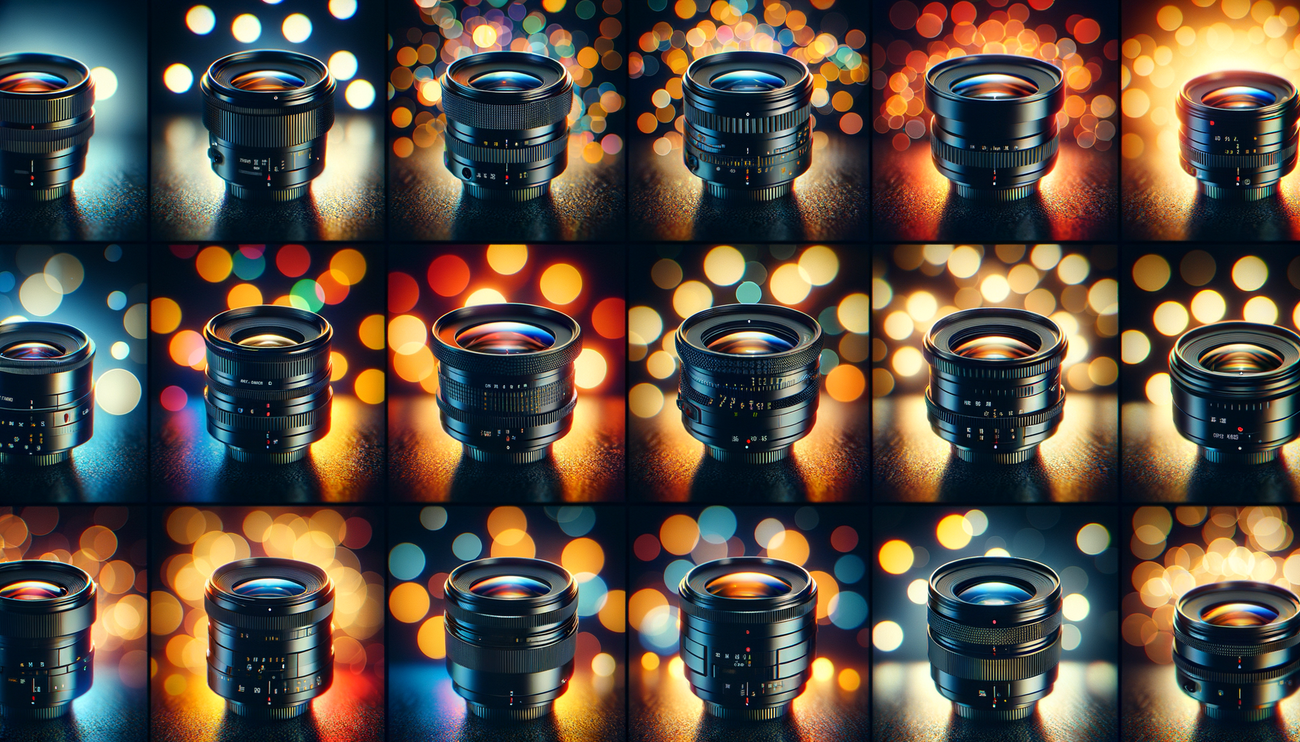
Prime lenses, or as they are often called, "fast" lenses, hold a special place in the hearts of many photographers. With their wide apertures and exceptional image quality, they enable the creation of true photographic masterpieces. However, beyond the technical specifications, each lens has remarkable stories behind it. In this article, we will share several interesting moments related to prime lenses that may inspire you to embark on new adventures in your photography.
First, let’s find out what a prime lens is. Unlike zoom lenses, prime lenses have a fixed focal length, making them simpler to use but creating additional challenges for the photographer as they must choose the optimal shooting point. Nevertheless, this limitation allows photographers to unlock their creativity and find unique perspectives.
When it comes to using prime lenses, many agree that they often outperform their zoom counterparts. For instance, the 50mm f/1.8 is a classic lens that has become an essential part of many professionals’ and novices’ gear. This lens is perfect for portrait and street photography.
However, few know that before producing most of the iconic images, like celebrity portraits or studio shots, photographers predominantly used prime lenses. This is because they provide excellent sharpness and beautiful bokeh. With the rise of social media and blogging, interest in using prime lenses in everyday practice is growing. Many fashion photographers and videographers prefer prime lenses due to their ability to create beautiful background blur and focus on the subject.
Besides technical features, prime lenses have their own stories. For example, in the world of fashion photography, there is a known case where one of the leading photographers immediately clashed with a model due to incorrect focal distance. This story reminds us all that despite technical knowledge, it is essential to fully understand our equipment and never forget our instincts. Shooting with a prime lens requires more attention and artistry than the usual work with a zoom.
Another interesting story relates to the subjects being shot. Some photographers claim that prime lenses are more “human.” In other words, they compel us, the photographers, to move and explore the space to find the perfect shot. For example, using a 35mm lens on the street can lead to realistic close-up shots, immersing the viewer in the atmosphere rather than just showing the widest angle.
Prime lenses can also offer you unusual opportunities. For example, many photographers happily use antique and vintage prime lenses adapted to modern cameras. This creates a special character in the image, adding to the photograph “flavor” and historical context through the use of older technologies.
In conclusion, prime lenses not only have their technical features but also incredible stories. Every photograph taken with them contains something more than just an image. So, the next time you decide to use a prime lens, remember that it is not just optics but a part of history.


